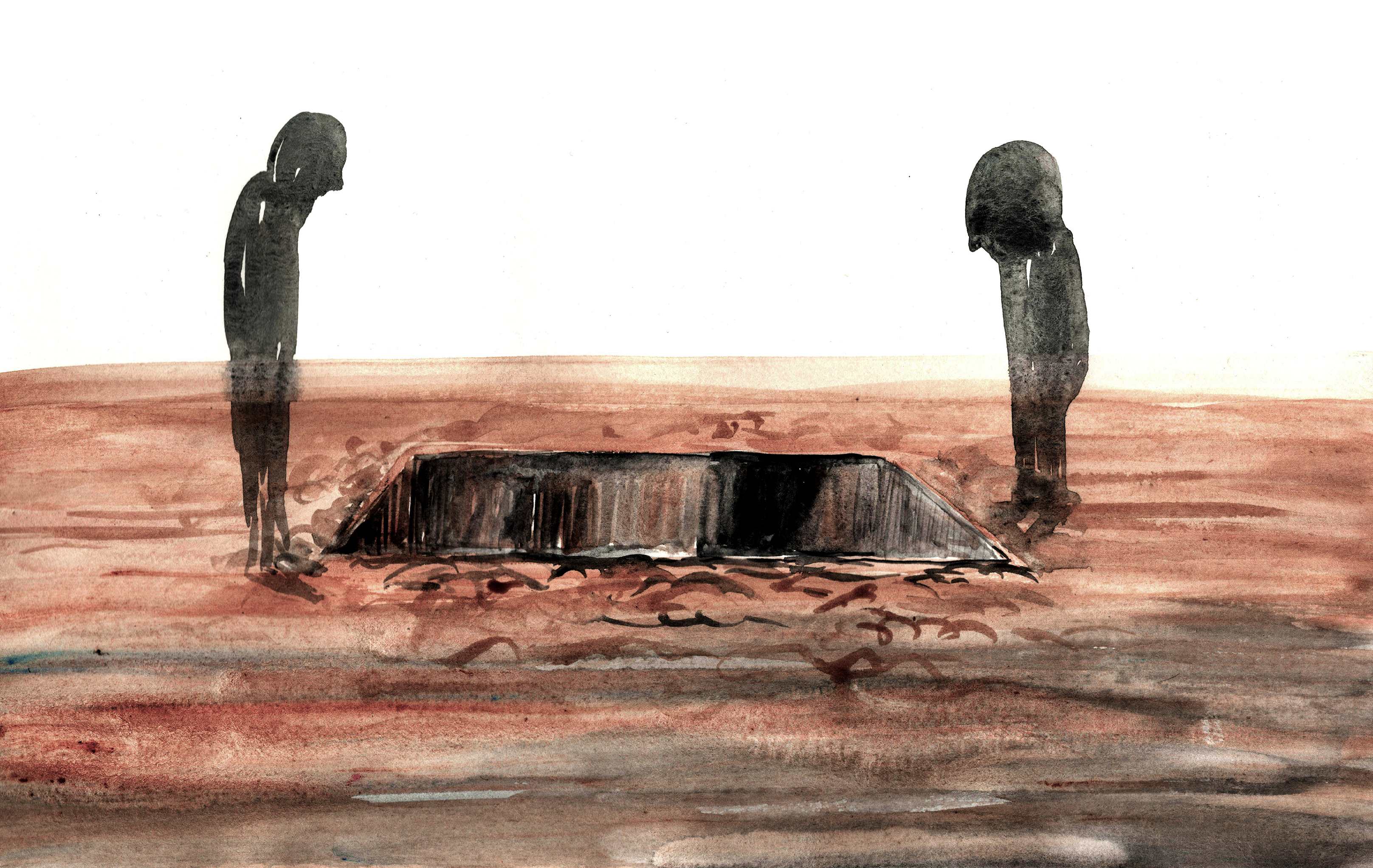The date is 4th November 1946, and Mr. Alfred George Church, an architect living on 6 Kee Siang Road, takes some time out of his day to give his testimony as a witness in a war crimes trial. Just four years earlier in 1942, Mr. Church had been a prisoner of war (“POW”) at Kanu Camp, a Japanese POW camp in Siam.
At this camp, Mr Church’s medical treatment was placed in the hands of Sergeant Okada, also known as Dr. Death. True to his title and contrary to his role as officer in charge of the hospital, Sergeant Okada caused the death of many sick prisoners at the camp. The court would go on to find the sergeant guilty of war crimes, and Mr. Church’s testimony would prove instrumental in this finding. The prosecution in its closing statement even remarked that Mr. Church’s testimony provided a “clear example” of the sergeant’s wrongful actions.
In court, Mr Church recounted Dr Death’s modus operandi. Every day, soldiers who had been certified sick by medical officers were made to stand in a “sick parade”. Sergeant Okada would then inspect the parade and decide who among them would continue to work. Work came in the form of labour for the Japanese railway. This work was “severe” and prisonerswould receive “very little” medical attention while working, and medical supplies were “non-existent”.
Mr. Church, afflicted with malaria and beri-beri, had collapsed while working and soon found himself standing in the sick parade. Sergeant Okada remain unmoved by Mr. Church’s condition and declared him fit to work. Despite this, Mr. Church counted himself as one of the lucky ones. In his testimony, Mr. Church recalled the names of several other prisoners for whom the order “fit for work” became a death sentence. A fellow POW called Mr. Purdy was one of them. Mr. Purdy suffered from dysentery, and after continuing to work for another fortnight, met his end while he “straggled out to the latrine”. When queried how Mr. Church knew Mr. Purdy had died, he stated simply, “I buried him”.
